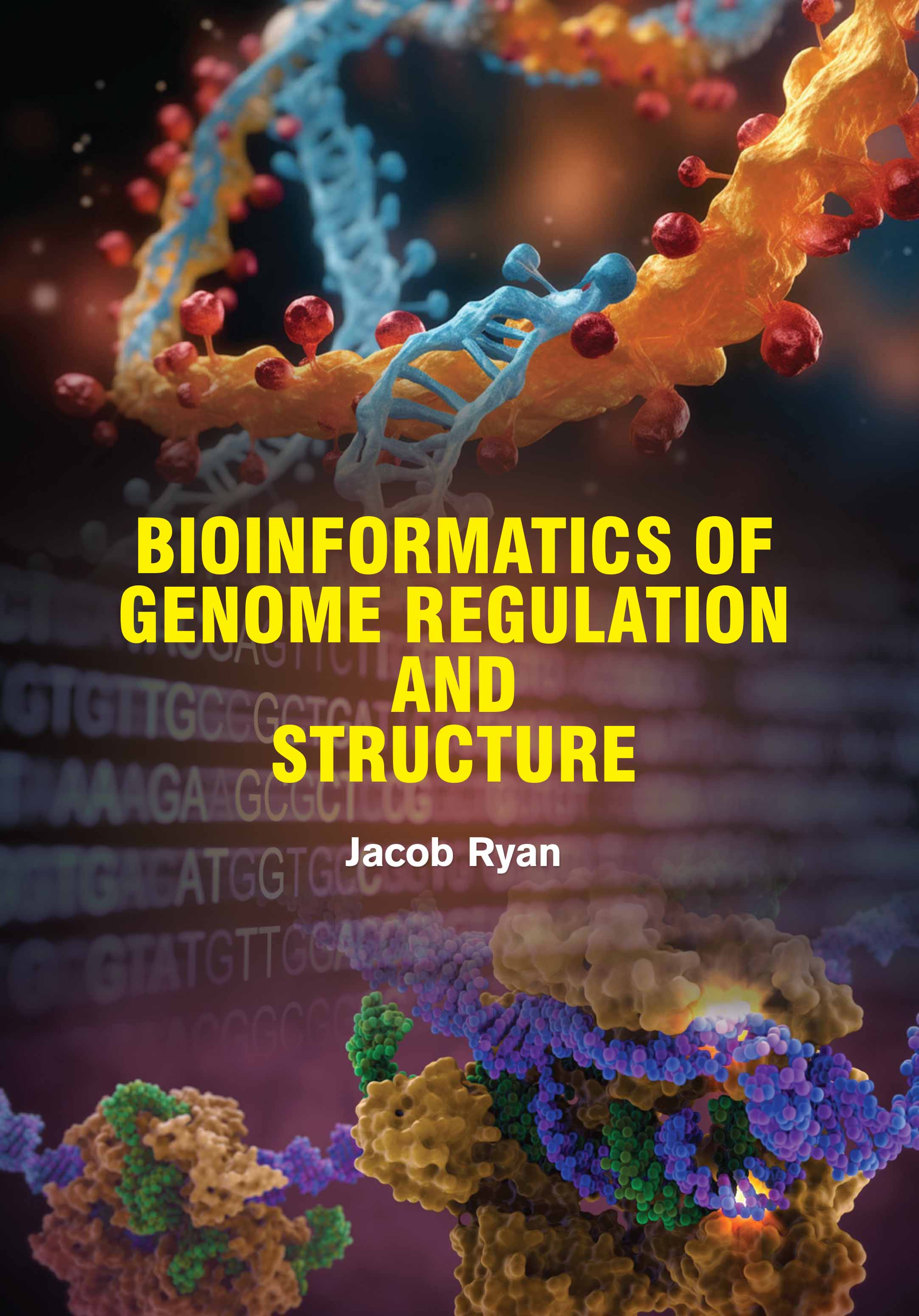About This Book
Calculus is a branch of mathematics focused on change and motion, developed through two main
concepts: differentiation and integration. The theory of calculus provides the foundation for analyzing
functions, modeling real-world situations, and solving problems involving rates of change and
accumulation. Differential calculus deals with the rate at which quantities change, represented by
derivatives, while integral calculus focuses on the accumulation of quantities and the areas under curves.
The theoretical aspect of calculus is grounded in the concept of limits, continuity, and the rigorous
definitions of derivatives and integrals. These tools are essential in understanding the behavior of
functions and in proving fundamental theorems such as the Fundamental Theorem of Calculus, which
links differentiation and integration. In practice, calculus is widely used across science, engineering,
economics, and medicine. Engineers use it to design systems and structures, economists apply it to
model optimization problems, and biologists use it to understand population growth. Calculus also plays
a critical role in physics, describing motion, force, and energy. Mastering both the theoretical and
practical sides of calculus allows learners to solve complex problems and deepen their understanding of
dynamic systems in various disciplines. Calculus Theory and Practice bridges foundational concepts with
real-world applications to provide a comprehensive understanding of calculus.
Contents: 1. Calculus of Integration, 2. Basic Integral Forms in Calculus, 3. Techniques for Solving
Integrals, 4. Continuity and Differentiability of Functions, 5. Convergence Theorems for Sequences and
Series of Functions, 6. Theorem for Line Integral Calculations, 7. Calculus of Functionals and Integral
Expressions, 8. Functions Exhibiting Infinite Discontinuities.

